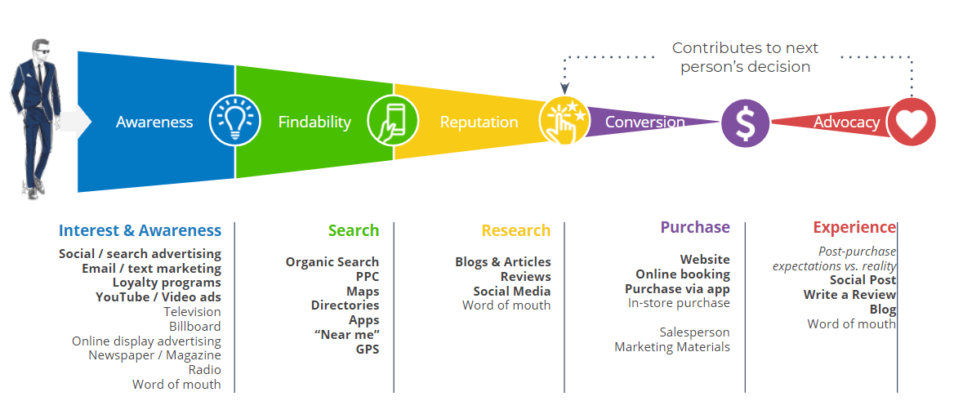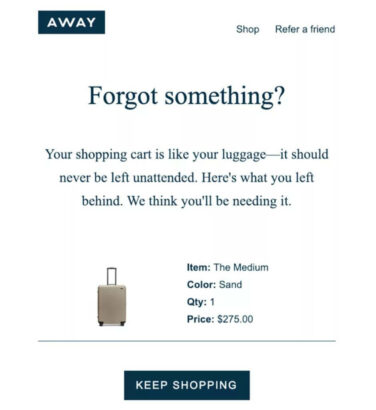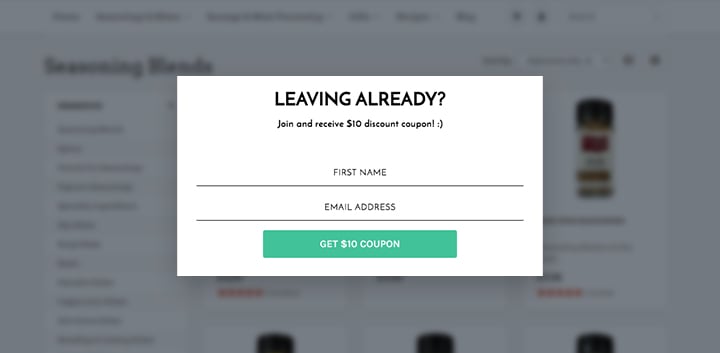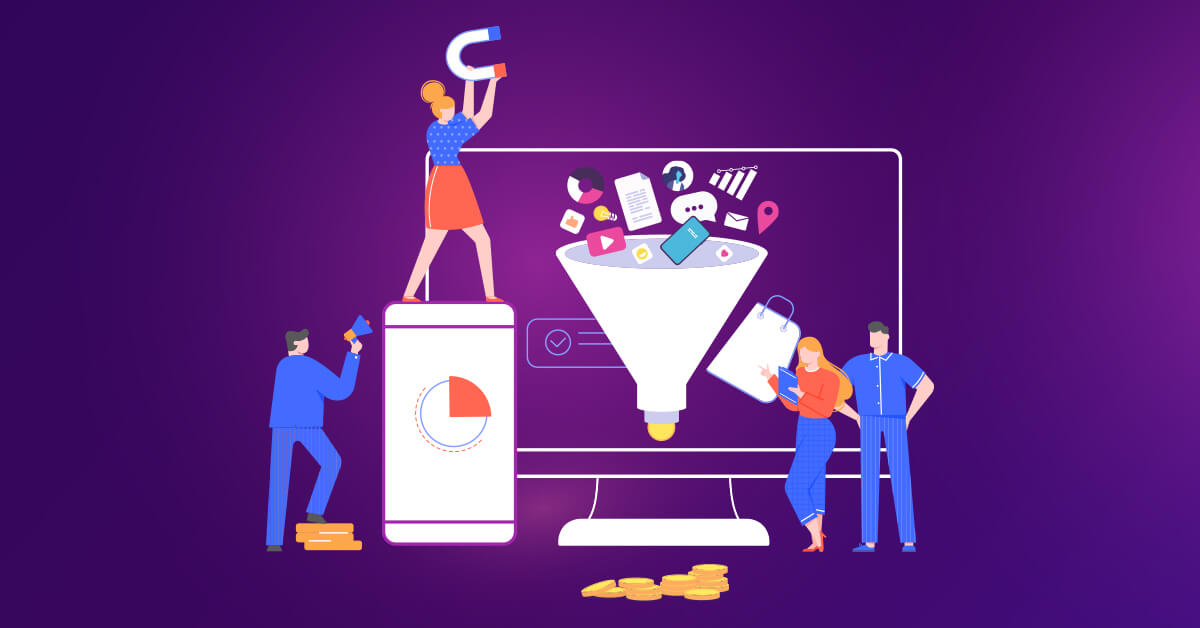The term ‘CONVERSION’ attracts and eludes almost all online marketers and is centric to e-commerce brand growth.
Conversion Rate Optimization, or CRO, is the most crucial online growth metric that digital marketers and e-commerce businesses do not want to see plummeting. That said, keeping the CRO stable and growing is no cakewalk. In the endeavor to keep the CRO moving upwards, e-commerce brands have to constantly cut through the chaos, tweak, optimize and execute almost everything – over and over.
Though, if one would care to look closely at the factors that really convert your target audience, one would find ‘structure’ in that chaos. From optimized user journeys and user experience to accurate pricing and customer retention – everything counts.
This blog will delve deeper into Conversion Rate Optimization’s nature to solve 5 major pain points for e-commerce marketers.
Let us start with the fundamentals.
What is Conversion Rate Optimization Anyway?
To understand CRO, we must first define conversion in general and the e-commerce context. First, the general context – Whenever a user takes a desired action on the website, it is considered to be a ‘conversion.’ It can be as simple as downloading a free eBook or filling up a form on the said website.
Now, the e-commerce context. The primary goal (or macro-goal) of every e-commerce website is to get customers to buy from it. Whenever a user makes that intended purchase, it is called an ‘e-commerce conversion.’ Mostly, a user would never directly buy from a website. They convert via many ‘micro-goals that precede the macro-goal. This can, for instance, include clicking on the ad, subscribing to emails/brand notifications, and browsing/engaging for a longer than set threshold time.
For e-commerce conversions, Targeting, User Journey, and User Optimization are core decisive factors. The better you can grasp a hold on these factors, the better your CRO will be. And, these are the areas where most marketers face challenges.
Let us see what bothers e-commerce marketers the most about their CRO and how it can be fixed effectively.
CRO Challenge 1. Building a Subscribers’ List Fast

One of the top challenges faced by growing e-commerce enterprises is their subscribers’ list’s slow growth. After all, you can make only so many new acquisitions through paid ads and wait for them to mature through the sales cycle for ROI.
Oftentimes, e-tailers run out of new leads faster than they can gain it. The fix? Onboard new users faster without asking them to exchange their personal information. For this, Push Notifications work the best.
You can utilize Wigzo’s powerful push notifications and onboard new users at scale without sharing their personal info. The best part is that you can target them with personalized content when they come back to your site from the same device!
Here is a complete guide to push notifications for eCommerce to get you started.
CRO Challenge 2. Optimizing User Journey on Your Site

Researching and choosing is often a ‘burden’ on the customer. It is not surprising that 57% of your users will gladly give you the personal information if you can simplify and fast-forward their journey on your site.
User journey optimization encompasses a great UX design, a fast-loading site, personalized recommendations and offers, and a flash checkout process. While implementing this manually for every user on your site can seem daunting, it doesn’t have to be – thanks to AI-based automation.
Here, we are talking about Wigzo’s On-site Behavioural Nudge capability. The On-site Nudge intelligently reads the site visitor’s context and data and triggers custom pop-ups (with offers or other CTAs). The pop-up is selected to fast-track the user to checkout and maximize their conversion probability.
Brands using Wigzo’s Nudge automation report a significant increase in their conversions only after 2 months of its deployment.
CRO Challenge 3. Omnichannel Personalization & Engagement

Brands that have clarity about their customer personalization and engagement goals have a superior CRO than their counterparts.
Deploying personalization at major customer touchpoints and engaging them one-on-one can be powerful factors in boosting your conversion bottom line. To aid this marketing goal of yours, marketing automation will be your best asset.
For instance, you can set email automation workflows to engage your users at regular intervals, use smart customer segmentation to send them personalized offers, and even send personalized text-based messages at scale.
CRO Challenge 4. Recover Carts to Recover Lost Sales

Cart abandonment can badly hurt your sales conversions and marketing efforts. Too many abandoned carts at the checkout mean loss of sales and wasted money on campaigns that bought the user up to that point.
This will happen 7 out of 10 times!
However, your CRO initiative can curb this problem and battle cart abandonment effectively. We are talking about automated cart recovery and nudge methods to do so.
For instance, as soon as the user abandons their purchase at your checkout, you can re-engage them via WhatsApp and email after a set interval. You can even set the cart recovery process on automation with Wigzo’s powerful WhatsApp Cart Recovery.
Once the user drops their purchase, they’ll receive a WhatsApp nudge message with a link to their original cart and products. 60% of the time, the user will go back to the payments page via that link and complete the purchase.
That means you gain 60% of the otherwise lost sales – a big leap for your overall conversions.
You can read about effective WhatsApp e-commerce cart recovery and implement it in your conversion rate optimization manifesto.
Moreover, it would be best if you investigated the underlying cause of cart abandonment. This can be because of poor campaign targeting, poor checkout experience, lack of transparent pricing, and other such reasons.
CRO Challenge 5. Making Users Stick Longer on the Website

Enhancing your users’ average engagement time by making them stay longer on your e-store can dramatically uplift conversions. Besides recovering abandoned carts, you can minimize the user bounce rate for better conversion via Exit Intent pop-ups to achieve this goal. For instance, Wigzo’s On-site Nudge predicts the probability of a user leaving the e-commerce website and can trigger a last-minute custom message to retain them and encourage them to take a conversion action.
E.g., your user might have been browsing for ‘snow boots’ but decides to leave for some reason. On-site Nudge can sense this and trigger a pop-up, say offering a 20% discount valid for another 30 minutes. The user then decides to redeem the offer and make a purchase!
Wigzo’s on-site nudge is a powerful tool to speed up customer journeys towards checkout. You can easily deploy;
- Recommendation Nudge
- Social Proof Nudge
- Exit Intent Nudge
- Welcome Nudge
Drag and drop these nudges along different user journeys to send your sales funnels into an overdrive.
Your turn at the wheel!
Get a conversion audit by an expert for your e-tail site’s user journey. You’ll be on hyper-growth tracks soon!
Stay tuned for more insights, trends, and wisdom on e-commerce marketing automation and growth.
Happy selling 🙂













